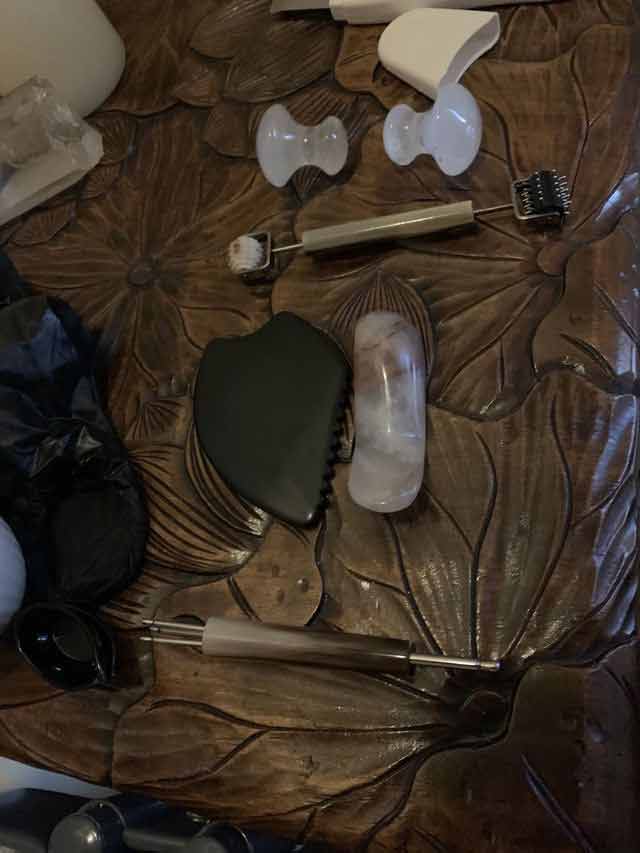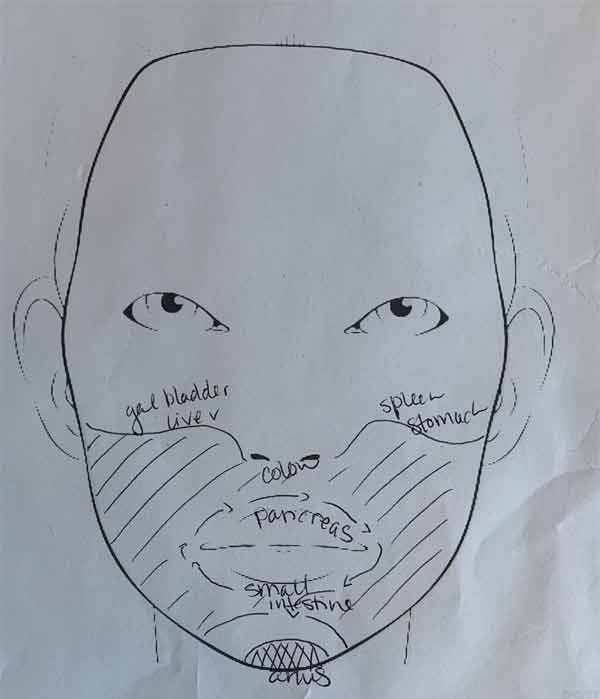What’s it like to do Vietnamese Facial Reflexology? We tried Dien Chan Zone, and here’s what we learned.
When you think of Vietnam and beauty, do any particular rituals come to your head? No? Because same. We hear so much about trending beauty and ancient rituals from Eastern parts of Asia, and we rarely hear about any from the Southeastern part. So when I discovered Vietnamese Facial Reflexology, I knew it was something to be experienced.
More from Glowing Gorgeous: Find out here the Best Silicone-Free Moisturizers And Why Do You Care
World War II Roots
Tucked away in Vietnam’s history is the practice of facial reflexology. The idea being that your face is a map for your internal organs (which I’ve definitely heard before!) and therefore you can help appease internal issues, like indigestion, within through stimulation of the face. This practice uses tools with various points and ends to stimulate the face and subsequently the internal organs. Back in WWII, tools like those pictured below were more accessible to women and easier to craft than creams, potions, and lotions (note that the tools used in Vietnam were much more invasive, like needles and such). Think of it like this; if I have a ton of pimples on my left cheek and that possibly signifies that I have spleen issues, stimulating those points on my face may also stimulate my spleen, and therefore helping to clear up any unwanted blemishes.

An Italian Twist
Vietnamese Facial Reflexology gained popularity in Italy, where they modified the practice to be less invasive. Instead of using harsh points and needles, similar to those used in acupuncture, to stimulate the face points, they rounded the edges to make the practice much more relaxing. With this modification, Dien Chan Zone was born, which is the official name of the Italian method of Vietnamese Facial Reflexology. In my treatment, the practice was westernized even further by combining it with a standard facial.
ASMR But For The Face? My Experience
My Dien Chan Zone experience started with a standard facial—cleanse, steam, extraction—you know the deal. At the time of my treatment, I was experiencing an allergic reaction around my mouth from antibiotics that I had just finished, prescribed to me because of a stomach bug.
The esthetician drew a map for me pointing out some of my concerns and the internal organs they were related to. The allergic reaction around my mouth was attributed to digestion issues, which makes sense since I just finished a round of antibiotics. She worked on me with her reflexology tools for about 20-30 minutes and it was SO relaxing. Seriously, like ASMR for your face. The motions were so soothing, and so gentle that I actually fell asleep while she worked on my face 😅

After my treatment, I felt very relaxed and my skin felt super smooth, thanks to the extraction and exfoliation she did before the reflexology. As for any benefits from the facial reflexology, I didn’t see any differences in my skin that I would correlate to that. I will say, I would do this again because I’ve never been more relaxed during a facial than when she was using her reflexology tools on me. More than anything, this was a great way to show myself some self-love! The esthetician even shared with me some facial reflexology techniques I could do on my own at home, and where I could even buy the tools. Overall, I’d recommend it to anyone. If you do a quick search on “Dien Chan Zone facials” you can find an esthetician who studied this practice near you.
Information and credit to Cherie, user Kelly Chen.



Comments